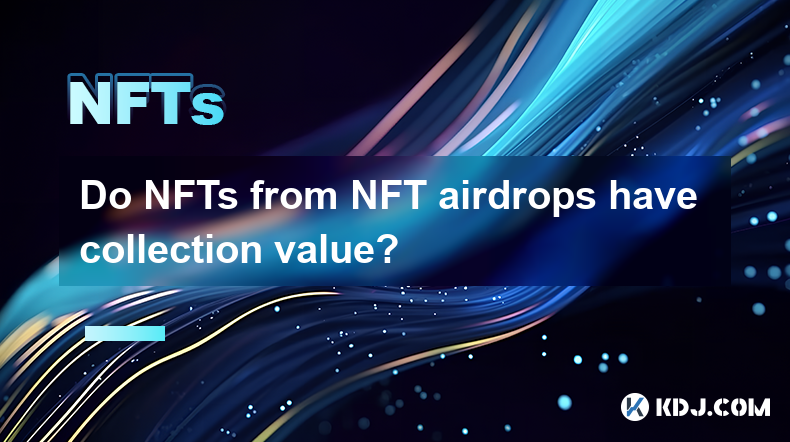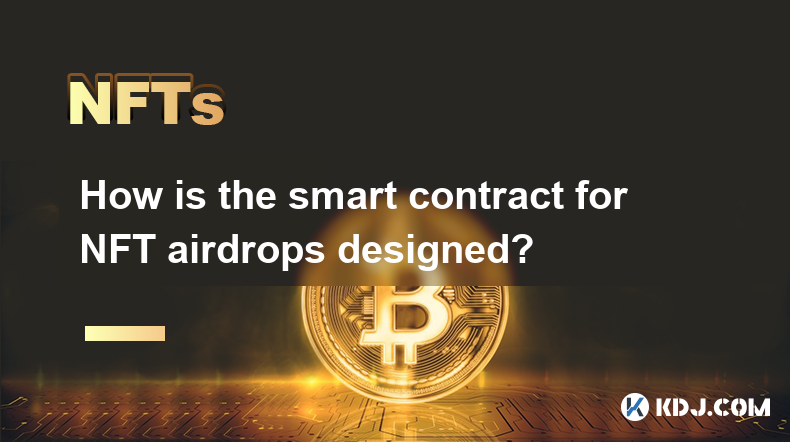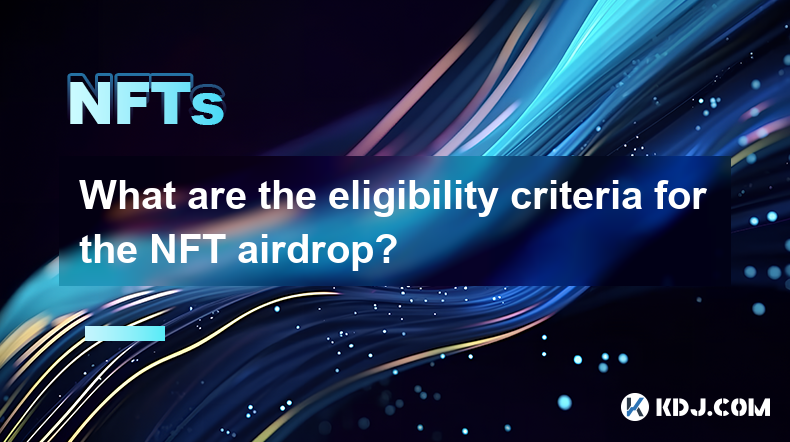-
 Bitcoin
Bitcoin $84,993.8786
0.34% -
 Ethereum
Ethereum $1,599.9353
1.27% -
 Tether USDt
Tether USDt $0.9999
-0.01% -
 XRP
XRP $2.0813
0.78% -
 BNB
BNB $592.4105
0.82% -
 Solana
Solana $138.1937
3.17% -
 USDC
USDC $1.0000
0.00% -
 Dogecoin
Dogecoin $0.1589
2.71% -
 TRON
TRON $0.2413
-1.55% -
 Cardano
Cardano $0.6307
2.60% -
 UNUS SED LEO
UNUS SED LEO $9.3881
1.71% -
 Chainlink
Chainlink $12.8366
1.65% -
 Avalanche
Avalanche $19.2740
1.26% -
 Stellar
Stellar $0.2445
1.24% -
 Toncoin
Toncoin $2.9868
-0.07% -
 Shiba Inu
Shiba Inu $0.0...01221
3.10% -
 Hedera
Hedera $0.1669
0.87% -
 Sui
Sui $2.1351
1.39% -
 Bitcoin Cash
Bitcoin Cash $336.8750
2.70% -
 Hyperliquid
Hyperliquid $18.0804
6.57% -
 Polkadot
Polkadot $3.7246
1.15% -
 Litecoin
Litecoin $76.4144
1.52% -
 Dai
Dai $0.9999
0.00% -
 Bitget Token
Bitget Token $4.4597
2.23% -
 Ethena USDe
Ethena USDe $0.9992
0.00% -
 Pi
Pi $0.6437
5.71% -
 Monero
Monero $212.9449
-1.50% -
 Uniswap
Uniswap $5.2448
1.29% -
 Pepe
Pepe $0.0...07289
2.88% -
 OKB
OKB $50.8316
2.01%
Does the royalty mechanism of NFTs affect its market price?
NFT royalty mechanisms, while aiming to benefit creators, don't directly set market price; instead, supply, demand, and market sentiment are key factors, with secondary sales crucial for long-term creator revenue.
Mar 11, 2025 at 10:40 pm

Key Points:
- NFT royalty mechanisms, while intended to benefit creators, don't directly dictate market price. Market price is a complex interplay of supply, demand, perceived utility, and broader market sentiment.
- Royalty percentages vary widely, impacting the potential long-term earnings of creators but not always reflecting in the initial sale price.
- The enforceability of royalty mechanisms differs across platforms and blockchains, creating uncertainty for both creators and buyers.
- Secondary market sales, where royalties are typically collected, are crucial to understanding the impact of the mechanism on long-term value.
- Speculation and hype often overshadow the impact of royalty mechanisms on NFT valuation.
Does the royalty mechanism of NFTs affect its market price?
The relationship between NFT royalty mechanisms and market price is complex and not straightforward. While royalty payments are designed to compensate creators for ongoing use of their work, their direct influence on initial sale price is debatable. The market price of an NFT is determined by a multitude of factors, including scarcity, demand, community engagement, and the overall sentiment within the crypto market. The royalty percentage, though a factor influencing the long-term financial prospects for creators, rarely dictates the initial price paid for the NFT.
The percentage of royalties varies significantly across different NFTs and platforms. Some projects may offer a 5% royalty, while others might set it as high as 20%. This variability highlights that the royalty mechanism, while important for creator income, is only one piece of the puzzle in determining an NFT's value. A higher royalty percentage doesn't automatically translate into a higher initial sale price. Buyers often prioritize other factors like the artwork itself, the artist's reputation, and the perceived future value of the NFT.
The enforceability of royalty mechanisms is a significant concern. Different marketplaces and blockchains have varying levels of support for these mechanisms. Some platforms actively enforce royalty payments, while others rely on the honor system or lack the technical infrastructure to ensure consistent payment to creators. This inconsistency creates uncertainty for both buyers and sellers, affecting the overall perception of the NFT and its long-term value.
Secondary market sales play a crucial role in understanding the impact of royalty mechanisms. While the initial sale price might not be directly affected by the royalty percentage, the secondary market is where creators typically receive their royalties. The frequency and value of secondary sales directly impact the cumulative royalty payments received by the creator, highlighting the long-term financial benefits of this mechanism, even if it doesn't impact the initial listing price.
The influence of speculation and hype in the NFT market further complicates the picture. Often, the market price is driven by speculative forces, social media trends, and celebrity endorsements, rather than a rational assessment of the royalty mechanism's impact. The perceived potential for future price appreciation, coupled with the excitement surrounding a particular NFT project, frequently overshadows the role of royalties in determining the initial purchase price.
The technical implementation of royalties also varies. Some platforms use smart contracts to automatically distribute royalties upon each resale, ensuring transparency and automation. Others might require manual intervention, potentially leading to delays or discrepancies in royalty payments. This difference in technical implementation can also influence the market's perception of the NFT and the trust placed in the project's long-term viability.
Many projects use royalties to fund further development, community initiatives, or marketing efforts. This can indirectly increase the value of the NFT over time by enhancing the overall project ecosystem. This added value, however, is often intertwined with other factors, making it challenging to isolate the sole impact of the royalty mechanism.
The overall impact of royalty mechanisms on the long-term value of NFTs remains to be fully understood. While it doesn't always directly translate to a higher initial sale price, it provides a crucial revenue stream for creators and fosters a more sustainable model for NFT projects.
Frequently Asked Questions:
Q: Do all NFTs have royalty mechanisms?
A: No, not all NFTs have royalty mechanisms built in. It's up to the creator to decide whether or not to implement them, and the specific percentage to charge.
Q: Can royalty percentages be changed after an NFT is minted?
A: Generally, no. The royalty percentage is usually set during the minting process and is embedded within the smart contract. Changing it afterward would require significant technical adjustments and may not be possible on all platforms.
Q: What happens if a marketplace doesn't enforce royalties?
A: If a marketplace doesn't enforce royalties, creators may not receive the payments they are entitled to. This undermines the intended purpose of the royalty mechanism and can damage trust in the platform.
Q: How are royalties usually paid to creators?
A: Royalties are typically paid automatically through smart contracts when an NFT is resold on a compliant marketplace. The payment is often sent directly to the creator's designated wallet address.
Q: Can I avoid paying royalties when buying an NFT?
A: You cannot directly avoid paying royalties when buying an NFT on a platform that enforces them. The royalty payment is automatically included in the transaction. However, purchasing on platforms that don't enforce royalties might avoid the payment, but it would be at the cost of potentially undermining the creator's income.
Disclaimer:info@kdj.com
The information provided is not trading advice. kdj.com does not assume any responsibility for any investments made based on the information provided in this article. Cryptocurrencies are highly volatile and it is highly recommended that you invest with caution after thorough research!
If you believe that the content used on this website infringes your copyright, please contact us immediately (info@kdj.com) and we will delete it promptly.
- Codename:Pepe dips 30% from March highs, sparking investor interest in Codename:Pepe's AI-powered alternative.
- 2025-04-19 14:20:14
- Despite Its Elevated Position as the World's Premier Meme Coin, Dogecoin (DOGE) Has Been Struggling
- 2025-04-19 14:20:13
- Market Update: Crypto Market Remains Steady at $2.79 Trillion with Minimal 0.14% Growth
- 2025-04-19 14:15:13
- Can Mantra (OM) Bounce Back? How High Can the Price Go After 90% Crash?
- 2025-04-19 14:15:13
- President Donald Trump Said at a 2024 Campaign Event That He Wanted All Remaining Bitcoin
- 2025-04-19 14:10:13
- Qubetics ($TICS): The New Frontier in Blockchain Interoperability
- 2025-04-19 14:10:13
Related knowledge

How to display and trade NFTs from NFT airdrops?
Apr 18,2025 at 04:42am
How to Display and Trade NFTs from NFT Airdrops? NFT airdrops have become a popular way for projects to distribute their tokens and engage with their community. If you've received NFTs through an airdrop, you might be wondering how to display and trade them. This article will guide you through the process step-by-step, ensuring you can showcase your NFT...

Do NFTs from NFT airdrops have collection value?
Apr 18,2025 at 11:49pm
NFTs, or non-fungible tokens, have become a significant part of the cryptocurrency ecosystem, and NFT airdrops are one way for projects to distribute these digital assets to their community. A common question that arises is whether NFTs received from airdrops have any collection value. To answer this question, we need to delve into various aspects of NF...

How is the smart contract for NFT airdrops designed?
Apr 18,2025 at 03:10am
The design of a smart contract for NFT airdrops is a complex process that requires careful consideration of various factors to ensure the airdrop is executed smoothly and securely. This article will delve into the intricacies of how such a smart contract is designed, focusing on key components, security measures, and the implementation process. Key Comp...

What are the eligibility criteria for the NFT airdrop?
Apr 17,2025 at 04:56pm
Understanding NFT AirdropsNFT airdrops are a popular method used by blockchain projects to distribute non-fungible tokens (NFTs) to their community members. These airdrops can serve various purposes, such as rewarding loyal users, promoting new projects, or increasing the visibility of existing ones. To participate in an NFT airdrop, individuals must me...

How to protect the copyright of artworks on NFT platforms?
Apr 19,2025 at 06:28am
The rise of Non-Fungible Tokens (NFTs) has revolutionized the way digital art is created, bought, and sold. As artists increasingly turn to NFT platforms to showcase and monetize their work, protecting the copyright of these artworks becomes a crucial concern. This article explores various strategies and tools that artists can use to safeguard their int...

How to attract artists and creators to join the NFT platform?
Apr 18,2025 at 02:50pm
Attracting artists and creators to join an NFT platform is crucial for its success and growth. By understanding their needs and offering unique features, you can create a thriving community of digital artists and content creators. In this article, we will explore several strategies to entice artists and creators to join your NFT platform. Understanding ...

How to display and trade NFTs from NFT airdrops?
Apr 18,2025 at 04:42am
How to Display and Trade NFTs from NFT Airdrops? NFT airdrops have become a popular way for projects to distribute their tokens and engage with their community. If you've received NFTs through an airdrop, you might be wondering how to display and trade them. This article will guide you through the process step-by-step, ensuring you can showcase your NFT...

Do NFTs from NFT airdrops have collection value?
Apr 18,2025 at 11:49pm
NFTs, or non-fungible tokens, have become a significant part of the cryptocurrency ecosystem, and NFT airdrops are one way for projects to distribute these digital assets to their community. A common question that arises is whether NFTs received from airdrops have any collection value. To answer this question, we need to delve into various aspects of NF...

How is the smart contract for NFT airdrops designed?
Apr 18,2025 at 03:10am
The design of a smart contract for NFT airdrops is a complex process that requires careful consideration of various factors to ensure the airdrop is executed smoothly and securely. This article will delve into the intricacies of how such a smart contract is designed, focusing on key components, security measures, and the implementation process. Key Comp...

What are the eligibility criteria for the NFT airdrop?
Apr 17,2025 at 04:56pm
Understanding NFT AirdropsNFT airdrops are a popular method used by blockchain projects to distribute non-fungible tokens (NFTs) to their community members. These airdrops can serve various purposes, such as rewarding loyal users, promoting new projects, or increasing the visibility of existing ones. To participate in an NFT airdrop, individuals must me...

How to protect the copyright of artworks on NFT platforms?
Apr 19,2025 at 06:28am
The rise of Non-Fungible Tokens (NFTs) has revolutionized the way digital art is created, bought, and sold. As artists increasingly turn to NFT platforms to showcase and monetize their work, protecting the copyright of these artworks becomes a crucial concern. This article explores various strategies and tools that artists can use to safeguard their int...

How to attract artists and creators to join the NFT platform?
Apr 18,2025 at 02:50pm
Attracting artists and creators to join an NFT platform is crucial for its success and growth. By understanding their needs and offering unique features, you can create a thriving community of digital artists and content creators. In this article, we will explore several strategies to entice artists and creators to join your NFT platform. Understanding ...
See all articles
























































































